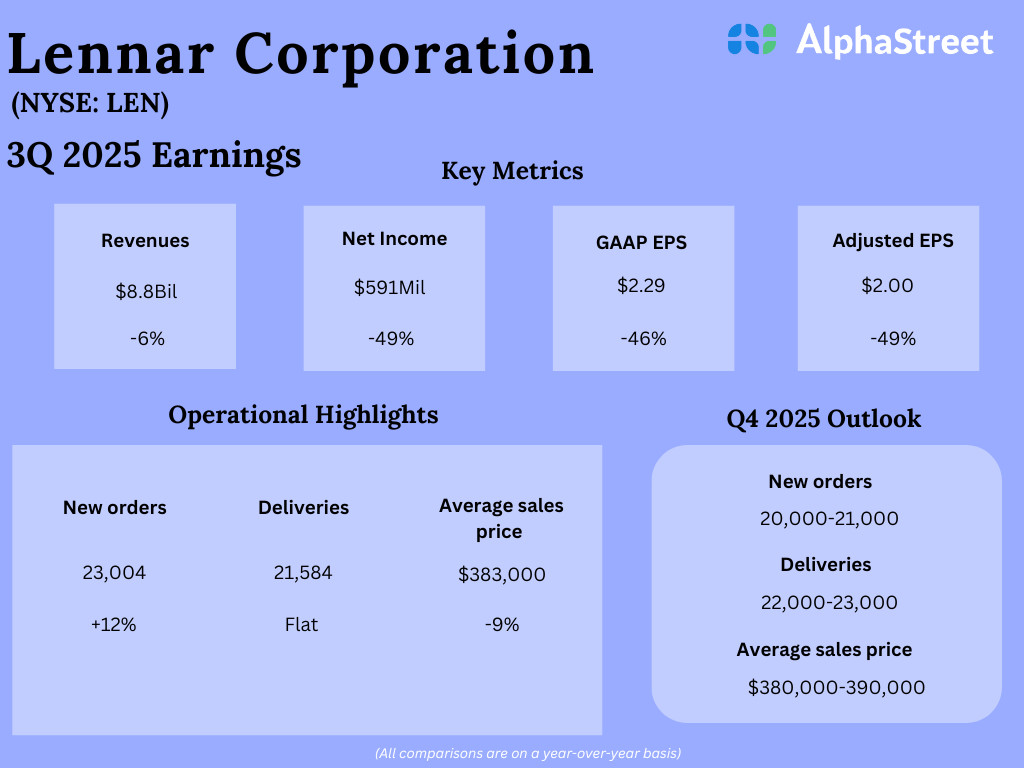A large brokerage firm once audited their retail investor accounts to see what characteristics could be attributed to high returns. Turns out that patience is not only a virtue, but a great way to generate alpha. The highest performing accounts belonged to people who forgot about them or had died. Rome wasn’t built in a day, and today’s youthful investor wants to believe that picking the right stonk will land them in new zip code before the trade receipt enters their inbox. Just look at what cannabis investors are asking YouTube.

Cannabis stocks aren’t “working” because of many reasons, one being newbie investors who ask questions like that. Our recent piece titled It’s Finally Time to Invest in Cannabis talked about how only 2% of the shares traded on Canadian exchanges are owned by institutional investors. A large number of inexperienced retail investors is almost guaranteed to result in extreme volatility which can easily be observed today. We only have one dog in the cannabis race, and today we’re going to take her to the vet for a checkup.
Checking in With Trulieve
It’s always good to remind yourself why you invested in a stock to begin with. We found Trulieve to be one of the more attractive multi-state operators (MSOs) because of their consistent profitability and ability to secure funding for continued growth. Given the bear market we’re in, investors will be less likely to engage with risky assets, so it’s imperative that Trulieve manage through the coming years with the $114 million in remaining cash they have on hand.

Trulieve’s investor decks leave something to be desired as they vomit out long lists of bullet points that investors need to sift through for insights. The first thing we noticed is that revenue growth has slipped, something that Trulieve addresses on a state-by-state basis.

Florida saw lower net patient growth along with Hurricane Ian that wreaked havoc across the state. Arizona saw “increased pricing pressure” in a quarter that’s expected to be “seasonally slower.” Pennsylvania saw higher sales of mid and value tier products which demonstrates how important geographical diversification is.
In the same quarter, around $10 million was spent on the Smart and Safe Florida campaign which is attempting to legalize adult use in Florida by 2024. Given Trulieve’s market share leadership of 50%, that event should generate some excitement and increased revenues with a $6 billion total addressable market on offer.
Trulieve has upwards of $550 million in debt at an interest rate of 8.3% along with “a commitment for $70 million in real estate backed financing” at a favorable rate compared to their existing debt. Based on comments in their most recent earnings call, the company appears to be planning on achieving positive operating cash flow such that they won’t need to sell more equity or issue more debt.
Third quarter operating cash flow was negative $22 million, an improvement compared to the second quarter. We expect to realize positive operating cash flow during the fourth quarter.
Credit: Trulieve
There’s also talk about how Canopy Growth is speaking with Nasdaq on possibly listing in the United States, though Trulieve doesn’t seem overly confident that will happen, or that they’ll be able to follow suit. The latest quarter saw $55 million in “asset impairments and disposals associated with the closing of redundant cultivation facilities in Florida, underperforming retail assets in California, dispensary
relocation in Pennsylvania, and redundant office space in Florida.” It indicates the company’s willingness to cut costs and conserve cash, and language around positive operating cash flows in the coming quarter along with “free cash flow in 2023” implies that cash on hand will soon start increasing over time instead of declining. Declining gross margins over time mean they’ll need to start operating leaner, a trend we’ve also observed with the largest MSO out there right now – Curaleaf (CURLF). Below you can see Trulieve’s quarterly gross margin compressing over time.

The Larger MSO Picture
Cannabis investors who seek lots of exposure could avoid ETF fees by simply buying all large MSOs out there which have a collective market cap of less than $10 billion – about the size of Molsen Coors (TAP). Revenue growth appears to have stalled across all these companies based on the last quarter’s sequential growth.
| Market Cap | Sequential Quarterly Growth | |
| Curaleaf (CURLF) | 3.35 | 0.0% |
| Green Thumb Industries (GTBIF) | 2.28 | 2.7% |
| Trulieve (TCNNF) | 1.66 | -6.3% |
| Verano Holdings (VRNOF) | 1.15 | 1.7% |
| Cresco Labs (CRLBF) | 0.75 | -3.3% |
| Colombia Care (CCHWF) | 0.52 | 2.3% |
We’ve expressed concerns about how consumers might behave in the event of a recession, though the slowdown seen across could be seasonal (a comment Trulieve made). All these firms should be looking to tighten their purse strings and conserve available cash to weather the turmoil that may be coming down the pipe – like a reduction in consumer spending resulting from a possible recession.
Why Trulieve Stock Isn’t Working
Trulieve stock isn’t “working” because we haven’t managed to sell our position for more than we bought it for to realize profits that exceed the returns we might have realized investing in a broader market benchmark. To invest in cannabis, one needs to have strong stomach for volatility, and the patience to sit things out until the U.S. government decides to legalize cannabis at a federal level.
Once legalization happens, MSOs will move to begin trading on major U.S. exchanges, and we’ll see consolidation as other sin-related companies look to being dabbling in cannabis. It’s possible that Trulieve sees an M&A event that would represent an exit for our position. Barring that, we’d look to recover some/all of our cost basis on huge upwards swings (similar to what we did with gene editing stocks). Barring an M&A event, an exit would take place when revenue growth tails off.
Conclusion
Since cannabis stocks seem to be moving together as a group, selecting the “best” MSO doesn’t seem to be overwhelming important. Rather, it’s important to make sure you’re invested in a company that can survive whatever the bear market throws our way. Experts seem to think that the cannabis market is at an inflection point, and that very well may be the case. Alternatively, the US government may continue to drag their feet on legalizations for years to come while cannabis stocks stagnate in a mire of regulatory risk.
Tech investing is extremely risky. Minimize your risk with our stock research, investment tools, and portfolios, and find out which tech stocks you should avoid. Become a Nanalyze Premium member and find out today!

















